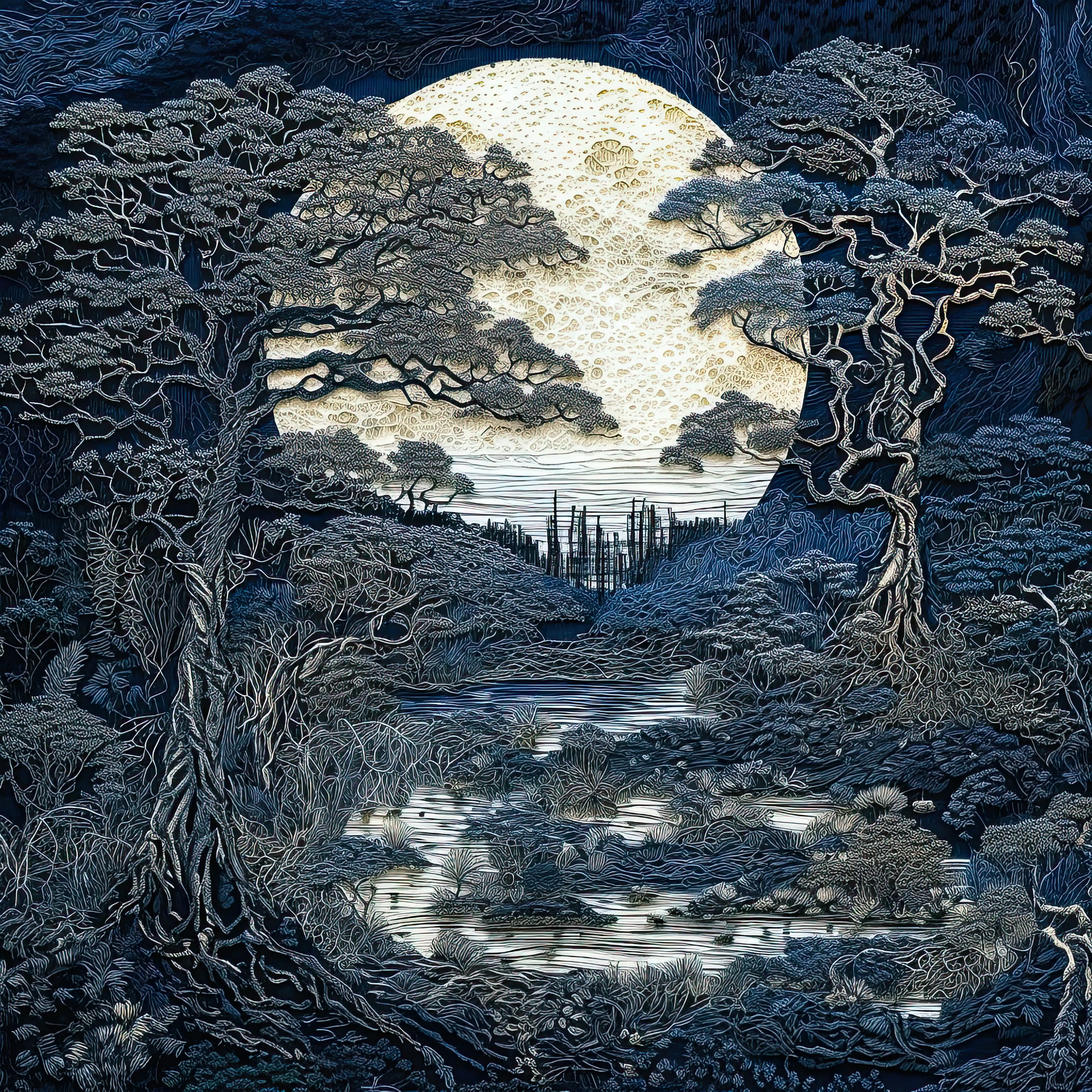Subscribe to get the latest on artists, exhibitions and more.
Once upon a time in Japan: in conversation with Richard Nadler

Mimi Nguyen: You’ve become a full-time artist recently, congratulations! How did this decision come about?
Richard Nadler: My grandfather was a painter, my mother painted as well and my father was collecting and selling African art. I was always surrounded by art in my daily life and I knew at one day I have to do the same and finally I started doing so - first as an art collector at the beginning of HEN and also as an artist. Art is my absolute passion and for me it's an absolute honor to be able to do what I love on a daily basis to secure my livelihood.
Mimi Nguyen: What brought you to GAN and AI art? How would you describe your practice?
Richard Nadler: GAN OGs like Mario Klingemann, Ganbrood for example brought me to GAN/AI - I always wanted to know how they made their wonderful artworks - so I started researching about GAN and AI and started to do try my first steps in this interesting technical world. I don't mint raw AI works - so no easy prompt entering and minting for me. All the artworks start on my handmade sketches. I try to redefine my artworks from time to time without losing my handwriting.







